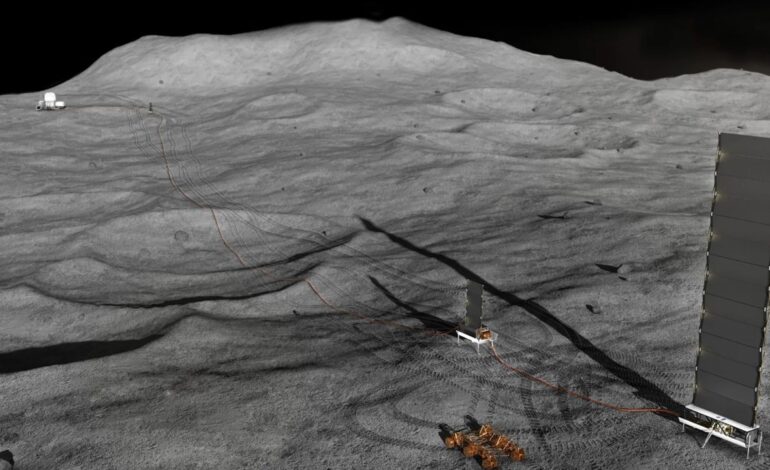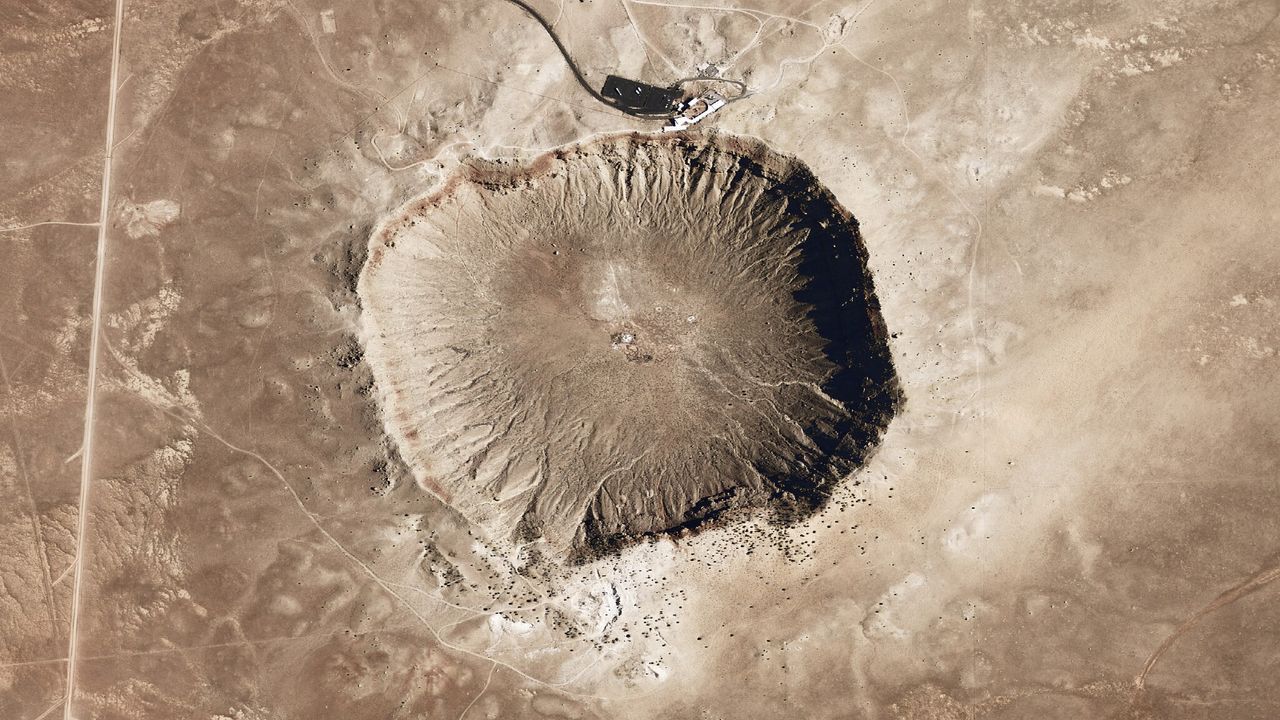NASA Accelerates Plans for Lunar Nuclear Reactor by 2030

NASA is intensifying efforts to establish a nuclear reactor on the moon by 2030. The agency has been developing a 40-kilowatt fission system intended for launch in the early 2030s. However, according to Politico, interim NASA chief Sean Duffy is set to announce an updated directive this week that aims for a more ambitious goal. This directive will instruct NASA to seek industry proposals for a 100-kilowatt nuclear reactor, which is critical for supporting future lunar missions.
The upcoming reactor is a crucial component of NASA’s broader plans under the Artemis program, which seeks to return astronauts to the moon and establish bases on its surface by 2030. Given the moon’s long nights, which can last approximately two Earth weeks, solar power is not a viable option for sustaining a crewed outpost. As a result, nuclear power systems are becoming increasingly essential for long-term lunar habitation.
China’s lunar ambitions add further urgency to NASA’s plans. The country is working towards creating a moon base in collaboration with Russia and other nations. Politico reports that Duffy’s directive is a strategic move to ensure the United States remains competitive in this new space race. The directive highlights that the first nation to deploy a nuclear reactor on the moon could potentially establish a “keep-out zone,” which would pose significant challenges for U.S. interests.
In a related development, Donald Trump appointed Sean Duffy as NASA’s interim administrator on July 9, 2023. Duffy, known for his diverse career as a former Fox Business Channel host and reality television star, stepped into the role after Trump withdrew the nomination of billionaire entrepreneur Jared Isaacman, just ahead of expected Senate confirmation.
As NASA pushes forward with its plans, the agency underscores the importance of international collaboration and competition in space exploration. The development of a lunar nuclear reactor could not only enhance human capabilities on the moon but also solidify the United States’ status in the ongoing global space race.






